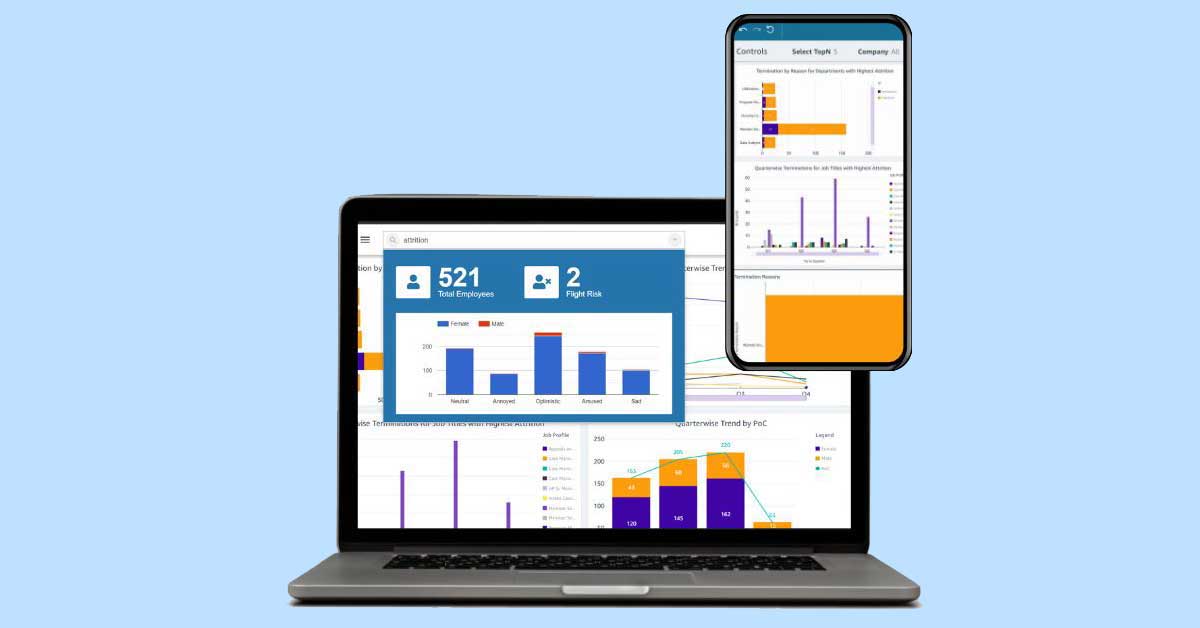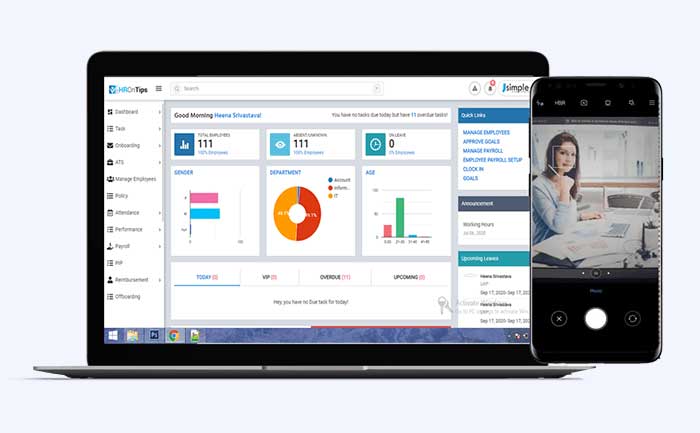Top 5 HR Trends In 2023: How To Get Your Workforce Ahead Of Them
With the global pandemic, war, and a looming recession, the past few years have redefined the future of the HR industry altogether.
The change in job natures, shifts in work models, shortage of skills, increased expectations of employees, etc., have caused HRs to up their game.
If you wish to stay ahead in your people strategy, you should be aware of these top 5 trends for 2023.
Top 5 HR Trends: Here’s How To Get Ahead
1. Battling skill shortages

As workforces struggle to find skill sets that match their industry’s evolving needs, companies need to rethink their approach towards acquiring them.
What you can do:
- Take a skill-based approach in your hiring and retiring decisions.
- Invest in upskilling internal talent as the demand is higher for external supply.
- Embrace non-traditional talent ie. people without 4-year college degrees but with a proven record of the skills you’re looking for.
- Hire on-demand workers to get your projects done with productivity and agility.
2. Keeping up with employee expectations

Covid-19 has caused a surge in remote work, and employees feel the need to be in a flexible and positive environment now more than ever.
What you can do:
- Provide hybrid/flexible work models, and give your employees the choice to craft their work experiences around what brings out their best.
- Provide employment perks that actually benefit your employees.
- Listen to employees’ feedback and involve them in decision-making.
- Promote diversity and inclusivity, and ensure your talent acquisition process supports it.
- Provide healthier food options, conduct athletic activities, and give counselling sessions.
3. Impacting business value with people analytics

The people analytics market is seeing a constant rise as leading companies leverage data trends and insights to steer their organizational growth.
What you can do:
- Use AI Analytics Tools to get detailed insights into every aspect of the employee lifecycle.
- Track meaningful data such as employees’ performance, engagement, productivity, ROI, influence, skills, certifications, demographics, etc.
- Identify areas of concern. For example, your data may show that the turnover rate is higher in one department, employee satisfaction is lowest in one manager’s team, or the client success rate is lower in certain teams.
- Find answers to challenging questions. For example, are onsite or work-from-home employees performing better? Are high performers burning out? If yes, what’s the cause? Is your employee training improving work performance? What are the most common reasons for employees to leave your organization?
- If you wish to drive real business outcomes, empower not just your HRs but also your managers, leaders, and administrators with these real-time insights.
4. Addressing burnout and employee well-being

Research shows that one in four employees are likely to suffer from burnout. Burnout impacts not only the employee but also their work productivity and performance.
What you can do:
- Allow recovery time and breaks during work, conduct social events, and de-stressing activities.
- Provide mental health awareness and offer free counselling sessions.
- Build good manager-employee relationships, and provide training for new managers.
- Set a clear picture of employees’ roles and responsibilities and future growth opportunities in the company.
- Make your team feel valued and supported.
5. HR Digitization

Today’s advanced HR tools have completely automated routine HR work from onboarding to offboarding allowing HR teams to focus on driving value.
What you can do:
- Automate routine HR tasks using an HR Management Software.
- Leverage people analytics tools to analyze and improve your team.
- Adopt the right communication mediums.
- Manage remote team members using selfie attendance, geo-tagging, clock-in and out records, task managers, etc.
Conclusion
Many of the trends that arose amidst the pandemic have become a permanent part of our lives. Hence, knowing where HR is headed in the future is essential for tackling the evolving needs and challenges that the upcoming years may bring forth.

